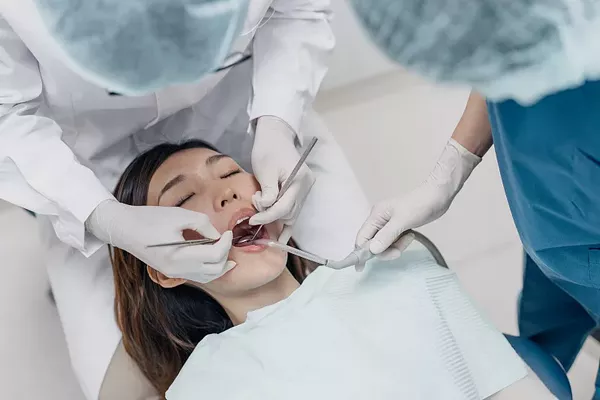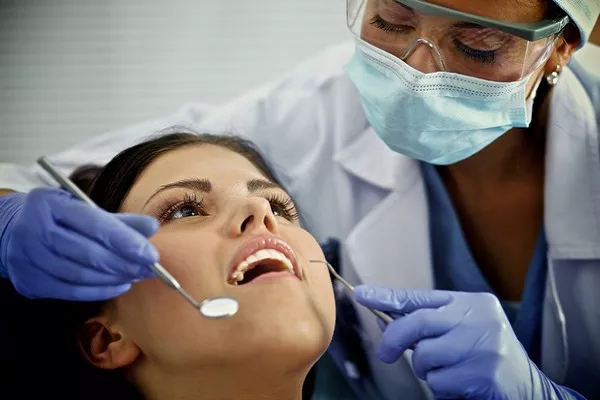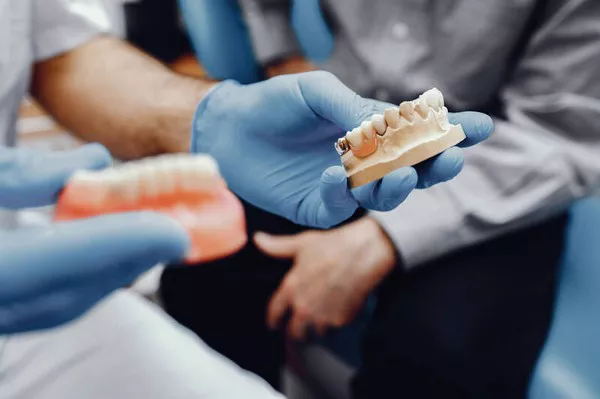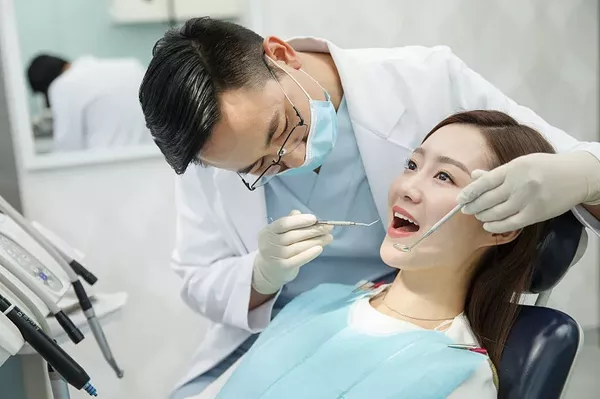Experiencing tooth pain after a filling is a common concern for many dental patients. Dental fillings are meant to treat and alleviate discomfort caused by cavities, but in some cases, patients may encounter post-filling pain. In this comprehensive guide, we will explore the potential reasons behind tooth pain after a filling, what you can do to address it, and when to seek professional dental care.
Understanding Dental Fillings
Dental fillings are restorative procedures used to repair teeth that have been damaged by cavities, fractures, or other forms of decay. The main goals of dental fillings are:
Removing Decay: Dental fillings remove decayed or damaged tooth material to prevent further progression of the problem.
Restoring Tooth Structure: They restore the structural integrity and function of the tooth, allowing for normal chewing and biting.
Relieving Sensitivity: Fillings can alleviate tooth sensitivity caused by cavities or fractures.
Improving Appearance: Tooth-colored fillings can enhance the cosmetic appearance of the tooth, blending seamlessly with natural tooth color.
Potential Causes of Tooth Pain After a Filling
While dental fillings are designed to alleviate discomfort, it’s not uncommon for patients to experience some degree of tooth sensitivity or pain after the procedure. Several factors can contribute to post-filling pain:
Tooth Sensitivity: Tooth sensitivity is a common issue after a filling, especially with tooth-colored composite fillings. Sensitivity may be temporary and usually subsides within a few days to a week.
Deep Decay: If the decay or damage to the tooth was extensive and close to the nerve, it can result in heightened sensitivity or pain after the filling.
Nerve Irritation: The process of removing decay and preparing the tooth for the filling can sometimes irritate the tooth’s nerve, leading to temporary discomfort.
High Filling: If the filling is too high, it can cause an uneven bite and lead to discomfort when chewing.
Pulpal Reaction: In some cases, the pulp (innermost part of the tooth) may react to the filling material, causing temporary sensitivity.
Bite Adjustment: In rare instances, the bite may need adjustment to ensure that the filling does not interfere with normal chewing.
Cracked Tooth: If the tooth was cracked or had a hidden fracture, the filling may have exposed the fracture, leading to pain.
Infection or Decay Remnants: If any infection or remnants of decay were not entirely removed before the filling, it can lead to post-filling pain.
What to Do If You Experience Post-Filling Pain
If you experience tooth pain after a filling, there are several steps you can take to address the discomfort:
Manage Sensitivity: Over-the-counter desensitizing toothpaste can help alleviate sensitivity. Avoid extremely hot or cold foods and drinks during this time.
Pain Relievers: Over-the-counter pain relievers like ibuprofen can help reduce pain and inflammation. Follow the recommended dosage instructions.
Soft Diet: Stick to a soft diet that does not put excessive pressure on the filled tooth while it heals.
Avoid Triggers: Avoid foods or drinks that are very hot, very cold, or extremely sweet, as they can trigger sensitivity.
Good Oral Hygiene: Continue to practice good oral hygiene, including regular brushing and flossing, to maintain the health of your teeth and gums.
Bite Adjustment: If the pain is related to an uneven bite, contact your dentist for a bite adjustment.
When to Seek Professional Dental Care
While some post-filling sensitivity or discomfort is normal, there are instances where seeking professional dental care is necessary:
Persistent Pain: If the pain is severe, worsens over time, or does not improve after a few weeks, consult your dentist immediately.
Bite Problems: If you notice persistent issues with your bite, such as pain when chewing or an uneven bite, consult your dentist for a bite adjustment.
Signs of Infection: If you experience swelling, redness, or discharge around the filled tooth, it may indicate an infection and requires immediate attention.
Painful Cracks: If you suspect that a hidden fracture is causing pain, consult your dentist for a thorough examination and potential treatment.
Allergic Reaction: In rare cases, some individuals may experience allergic reactions to filling materials. If you notice unusual symptoms, seek dental care promptly.
Conclusion
Experiencing tooth pain after a filling is a common concern, but it is usually temporary and manageable. Understanding the potential causes of post-filling pain and knowing when to seek professional dental care is essential for addressing the issue effectively. Most patients find relief within a short time, and dental fillings continue to be a reliable and beneficial treatment for restoring and preserving dental health. If you have concerns about post-fillingpain or need guidance on your dental care, consult your dentist, who can provide personalized advice and treatment options.
Relate Topics:




























